
Na Fianna Éireann, known as the Fianna, is an Irish nationalist youth organisation founded by Constance Markievicz in 1909, with later help from Bulmer Hobson. Fianna members were involved in setting up the Irish Volunteers, and had their own circle of the Irish Republican Brotherhood (IRB). They took part in the 1914 Howth gun-running and in the 1916 Easter Rising. They were active in the War of Independence and many took the anti-Treaty side in the Civil War.

The Irish Volunteers, also known as the Irish Volunteer Force or the Irish Volunteer Army, was a paramilitary organisation established in 1913 by nationalists and republicans in Ireland. It was ostensibly formed in response to the formation of its Irish unionist/loyalist counterpart the Ulster Volunteers in 1912, and its declared primary aim was "to secure and maintain the rights and liberties common to the whole people of Ireland". Its ranks included members of the Conradh na Gaeilge, Ancient Order of Hibernians, Sinn Féin and the Irish Republican Brotherhood. Increasing rapidly to a strength of nearly 200,000 by mid-1914, it split in September of that year over John Redmond's support for the British war effort during World War I, with the smaller group opposed to Redmond's decision retaining the name "Irish Volunteers".

Thomas James Clarke was an Irish republican and a leader of the Irish Republican Brotherhood. Clarke was arguably the person most responsible for the 1916 Easter Rising. A proponent of armed struggle against British rule in Ireland for most of his life, Clarke spent 15 years in English prisons prior to his role in the Easter Rising, and was executed by firing squad after it was defeated.
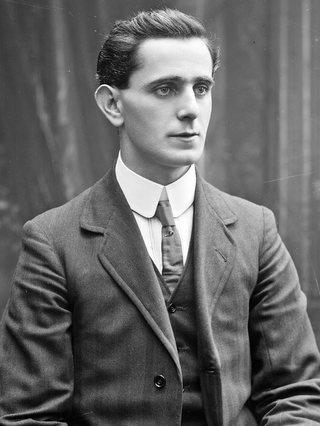
Seán Mac Diarmada, also known as Seán MacDermott, was an Irish republican political activist and revolutionary leader. He was one of the seven leaders of the Easter Rising of 1916, which he helped to organise as a member of the Military Committee of the Irish Republican Brotherhood (IRB) and was the second signatory of the Proclamation of the Irish Republic. He was executed for his part in the Rising at age 33.

Cornelius Bernard Colbert was an Irish rebel and pioneer of Fianna Éireann. For his part in the Easter Rising of 1916, he was shot by firing squad in Kilmainham Gaol, Dublin, on 8 May 1916.

Thomas Patrick Ashe was a member of the Gaelic League, the Gaelic Athletic Association, the Irish Republican Brotherhood (IRB) and a founding member of the Irish Volunteers.
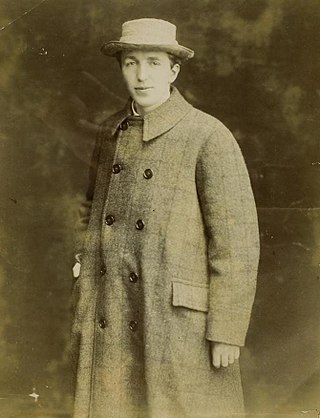
John Bulmer Hobson was an Irish republican. He was a leading member of the Irish Volunteers and the Irish Republican Brotherhood (IRB) before the Easter Rising in 1916. Hobson swore Patrick Pearse into membership of the IRB in late 1913. He opposed and attempted to prevent the Easter Rising. Hobson was also chief of staff of Fianna Éireann, which he helped to found.
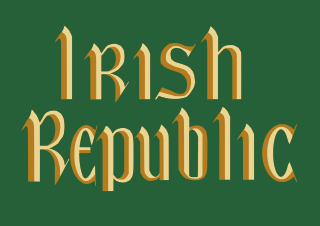
Cumann na mBan, abbreviated C na mB, is an Irish republican women's paramilitary organisation formed in Dublin on 2 April 1914, merging with and dissolving Inghinidhe na hÉireann, and in 1916, it became an auxiliary of the Irish Volunteers. Although it was otherwise an independent organisation, its executive was subordinate to that of the Irish Volunteers, and later, the Irish Republican Army.

Séumas Robinson was an Irish republican and politician.

Helena Mary Molony was a prominent Irish republican, feminist and labour activist. She fought in the 1916 Easter Rising and later became the second woman president of the Irish Trades Union Congress.
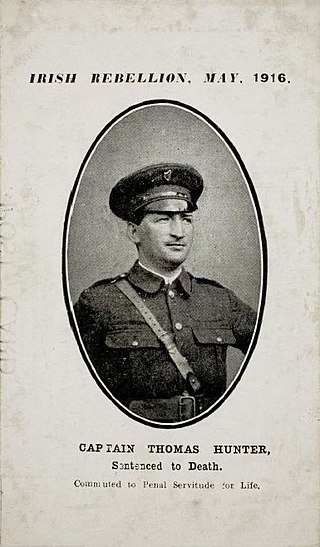
Thomas Cornelius Hunter was a militant Irish republican. He was a member of the Irish Republican Brotherhood (IRB), Sinn Féin, the Irish Volunteers, was twice elected to the Irish parliament, Dáil Éireann, and fought against the forces of the Irish Free State as a member of the Irish Republican Army during the Irish Civil War. While not widely known today, he was present at or directly involved in several major incidents during the struggle for Irish independence from the United Kingdom of Great Britain and Ireland.
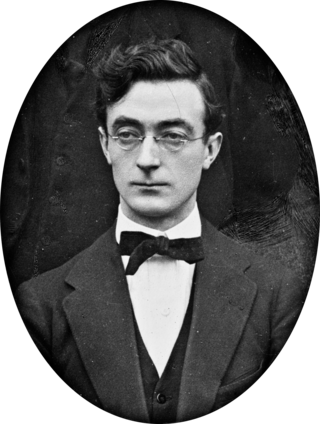
Seán McGarry was a 20th-century Irish nationalist and politician. A longtime senior member of the Irish Republican Brotherhood (IRB), he served as its president from May 1917 until May 1918 when he was one of a number of nationalist leaders arrested for his alleged involvement in the so-called German Plot.
Marie Perolz was also known as Mary Perolz and Máire Perolz, and as Miss Peroze in one crucial document. She was an advanced Irish nationalist, whose career mirrored that of her husband, James Michael 'Citizen' Flanagan and her friend Constance Markievicz. She was a member of the radical women's group Inghinidhe na hÉireann and the Irish Volunteers women's auxiliary Cumann na mBan.
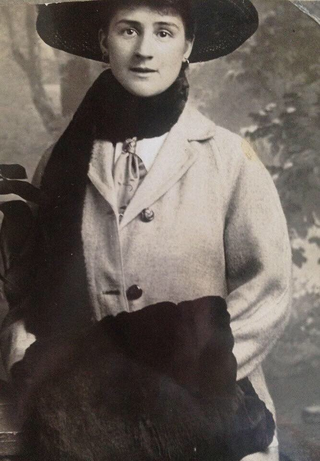
Lucy Agnes Smyth Byrne (1882–1972) was an officer in Cumann na mBan, an Irish republican women's paramilitary organisation, during the time of the 1916 Easter Rising. She played a prominent role in the organisation as she was the section leader of its Central branch, and eventually in later years became its 1st Lieutenant.
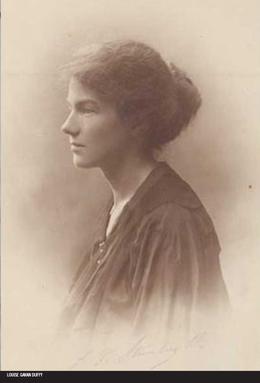
Louise Gavan Duffy was an educator, an Irish language enthusiast and a Gaelic revivalist, setting up the first Gaelscoil in Ireland. She was also a suffragist and Irish nationalist who was present in the General Post Office, the main headquarters during the 1916 Easter Rising.

Marcella Cosgrave was an Irish nationalist. She was a founder member of Inghinidhe na hÉireann and Cumann na mBan and took part in the 1916 Easter Rising and Irish War of Independence.

The Cooney sisters were three Irish sisters, notable for their involvement in Irish Nationalism and Cumann na mBan.

Elizabeth ‘Lily’ O'Brennan, was an Irish republican, writer and playwright.
Katherine "Kitty" O'Doherty was an Irish republican and member of Cumann na mBan.
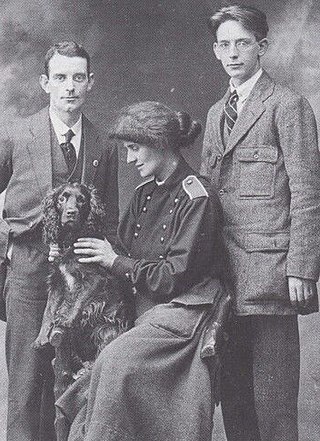
Theobald Wolfe Tone FitzGerald was an Irish army officer and painter. He is recognised for his role in painting the Irish Republic flag that flew over the General Post Office during the Easter Rising 1916. The flag was kept as a trophy by the British Army until it was returned to Ireland during the 1966 commemorations. He was the brother in-law of Lieutenant Michael Malone, who was killed in action at the Battle of Mount Street Bridge during the 1916 Rising, Seán Mac Mahon, the former General Chief of Staff, and the politician Dan Breen.



















